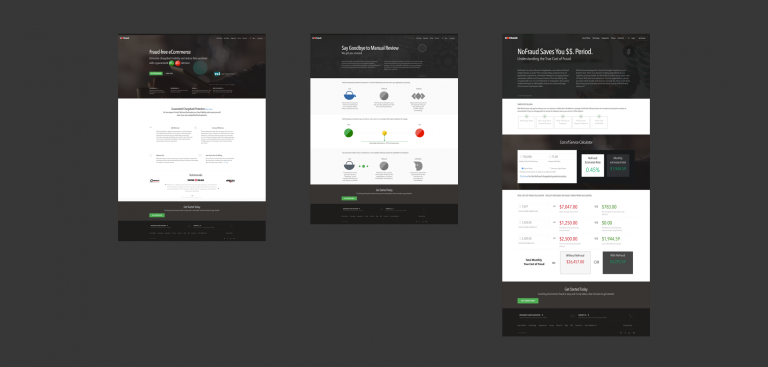The real estate industry is built on the power to predict property values. With sea levels on the rise, smart investors are thinking about how to integrate climate science into real estate projections. Complex algorithms and regression models are nothing new to developers and brokerage firms but the rapidly evolving data ecosystem offers breakthrough opportunities in resiliency marketing, valuation and forecasting.
In Miami, investors are starting to look inland for property deals on higher ground. According to a New York Times article by Ian Urbina, “home sales in flood-prone areas grew about 25% less quickly than in counties that do not typically flood.” To get in front of the wave, real estate investors and appraisers need to regularly update their forecasting models and integrate new environmental and quality of life data sets. Third party data can be expensive but as municipal governments embrace open data policies, costs may go down.
Today, no fewer than 85 cities across the U.S. have developed open data portals that include data on everything from traffic speed to air quality to SAT results. Real estate professionals are using data to do more than just climate-proof their portfolios. With high-powered business intelligence tools, businesses can turn this rich raw data into better insights on:
Home Valuation
Zillow, an online real estate marketplace is leading the charge on better home valuation data models. The company’s ‘zestimate’ tool is a one-click home value estimator based on 7.5 million statistical and machine learning models that analyze hundreds of data points on each property. Now, they’ve launched a $1 million dollar prize competition calling on data scientists to create models that outperform the current Zestimate algorithm.
Design
According to the Census Bureau, in 1960, single-person households made up about 13% of all American households. Now, that number has jumped to 28% of all American households. Additionally, a survey by ATUS cited in a Fast Company article by Lydia Dishman revealed that the number of people working from home increased from 19% in 2003 to 24% in 2015. The rapid rate of technological change means a constant shift in social and cultural norms. The micro-apartment trend and the new WeLive residential project from WeWork are signs of changing times. For developers, the deluge of data being created by millennials provides incredible insight into the needs and desires of tomorrow’s homebuyers.
Marketing
Brokerage firms spend exorbitant amounts of money on marketing but with big data in their pocket, real estate agents can narrow in on clients ready to move and cut their marketing spend in half. According to this Wall Street journal article by Stefanos Chen, saavy real estate agents use data sources like grocery purchases, obituaries and the age of children in the household to predict when a person might be ready to upsize or downsize. This laser-sharp focus allows them to spend their marketing budget wisely and improve conversion rates across the board.
In today’s competitive marketplace, real estate professionals need a self-service data management and analytics platform that can be applied to any use case and doesn’t require advanced IT skills. Synaptik is designed to adapt to your needs and can easily integrate quantitative and qualitative data from websites, social media channels, government databases, video content sites, APIs and SQL databases. Real estate is big business and better intelligence mean better returns. Sign up for a demo and find answers to questions you didn’t even know to ask.
By Nina Robbins







